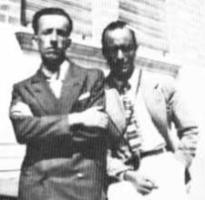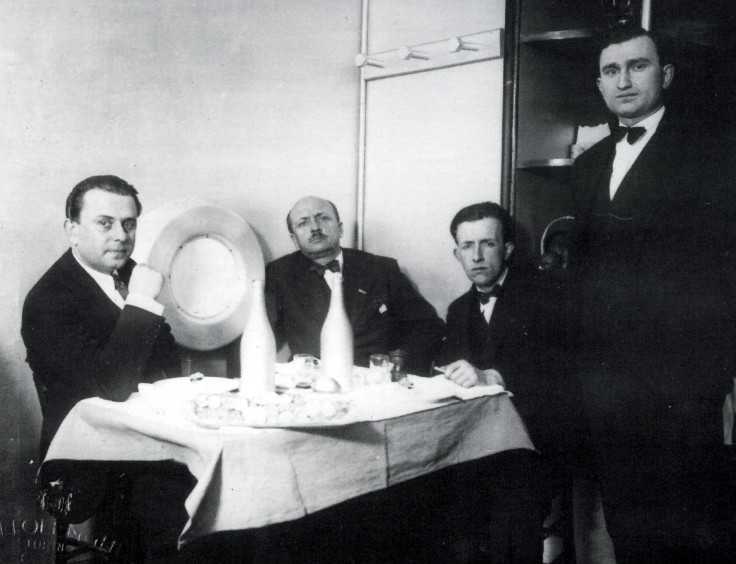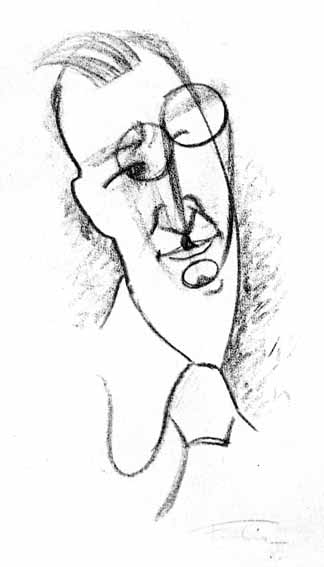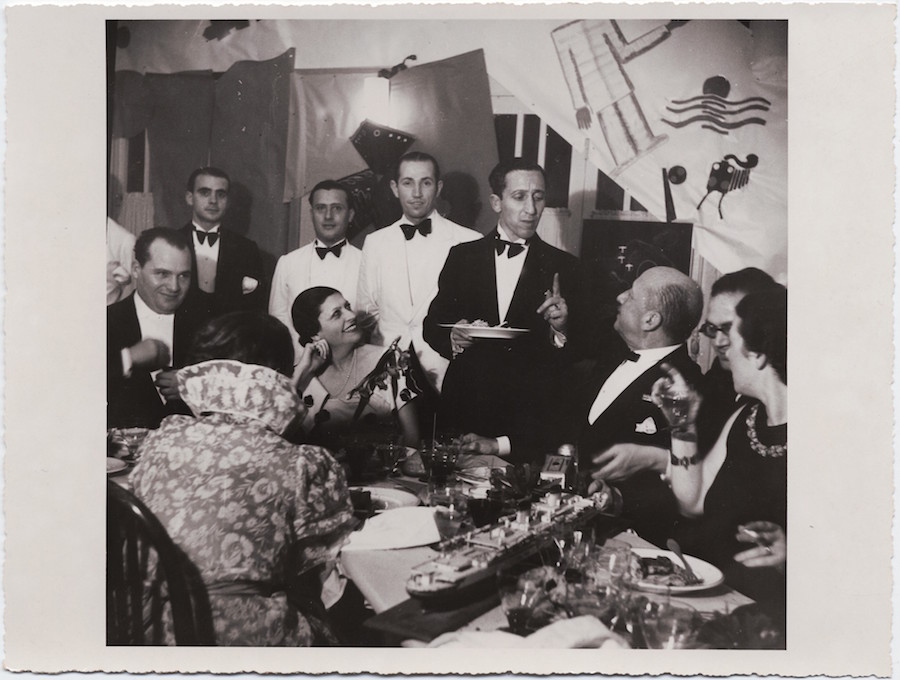
1904 - 1936
Luigi Colombo (Phillia)

description
An Italian artist associated with the second generation of futurism. Luigi Colombo signed his work with the pseudonym Phillia, using his mother’s maiden name for this. From an early age, he was interested in theatre and achieved certain successes in this, but later became interested in Futurism and devoted himself to the fine art. The artist was a co-author of several manifestos of Futurism and wrote many art studies that reveal the essence and features of modern art.
In Turin, where Phillia mostly worked and lived, he organized a futuristic society, thereby making an important contribution to the development of this art movement in the region. He made several long trips to Paris, where he came into contact with the most influential avant-garde masters. Among his colleagues, Colombo stood out for his extreme activity in the field of art. He always remained at the center of cultural events, both Italian and foreign, organized various events, was the editor of several periodicals.
The artist’s style gradually evolved from sharp futuristic works to abstract canvases with smoother lines and organic colours. In mature works, Phillia studied the subjective inner world of a person, his subconscious and psychological aspects.
Key ideas:
– The artist practised the geometric decomposition of objects on the plane. Large spaces filled with local colour are landscapes, portraits and abstract compositions of the artist. Phillia often used bright, contrasting colours, basing on the theory of “psychological analogy of pure colours”.
– As one of the participants in the air painting, he often used the theme of planes, air, flight, and soaring in his paintings. The artist was especially interested in the topic of the connection between a human being and the cosmos, the search for his place in the infinite space of the Universe.
– He studied the psychological aspects of the human subconscious, explored the inner subjective world and expressed it using abstract forms, sometimes brightly coloured, with sharp corners and faces, sometimes smooth and fluid, made in organic colours.
– Phillia’s paintings have a lot of space. The main composition in the picture often occupies its central or lower part, and the rest of the space is filled with a blue sky or an abstractly monophonic light background. Thanks to this, the artist’s works look light and airy and create a feeling of weightlessness.
– Despite the geometrization and abstractness, paintings of Luigi Colombo are very dynamic; they are emotional and convey a charge of positive energy. Most of the works evoke a feeling of calmness and serenity; they give room for imagination and make the audience think philosophically.
1904
1923
1926
1929
1931
1933
1934
1936
1936
Luigi Colombo was born into the family of intellectuals
He founded Futurism in Turin

Made a trip to Paris

Became a co-author of the futuristic manifesto "Aero painting"

The first solo exhibition

Started working in the genre of monumental painting

Took part in the Venice Biennale

“The Futurist's Kitchen (How Women are Seduced)”

The death of the artist

